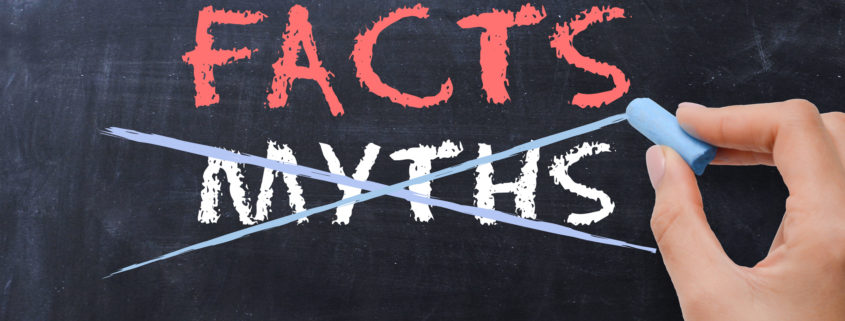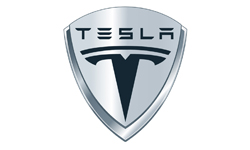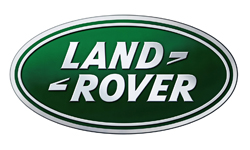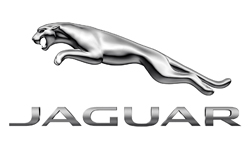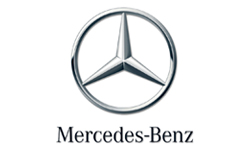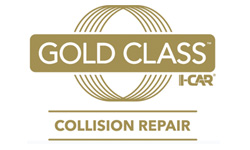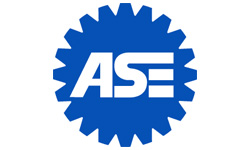Common Collision Repair Myths
Hopefully, repairing your car beyond general maintenance isn’t something you have to do too often, if at all. Car accidents can be serious, dangerous, and expensive. But, if you do have to repair your vehicle following a collision, these are three common and false ideas floating around that we’d like to clear up before you make any decisions.
Myth #1: You have to use the body shop your insurance company selects.
This is probably the biggest myth in the repair industry, and insurance companies may perpetuate it. You can choose to use a recommended repair shop, and you (and your insurance company) might get a great deal out of that decision. However, you never have to use the repair shop your insurance company recommends.
Legally, you have the right to choose your own repair shop. It doesn’t hurt to ask for suggestions and do some research online. If you want, you can ask your insurance company for suggestions. They may have an agreement with one or more repair shops that dictates certain things about repairs to speed up the process and lower the price for them, which may or may not be in your best interest.
Myth #2: To have your car fixed like new, you have to take it to the dealer.
These days, the dealership isn’t the only place where you can get original parts for your vehicle. Original parts, called OEM (original equipment manufacturer parts) are those made by the same equipment manufacturer who built the parts your vehicle was made with when it was new. Your other option is aftermarket parts, which may be used, or they may be new, but made by a different manufacturer.
Most shops will offer both options, so it is possible that your vehicle can get the same repairs at the dealership and at another body shop.
Myth #3: The insurance company pays for all damages.
This completely depends on your insurance policy. There are many different kinds of policies available to you, and it’s always a good idea to discuss your policy with your insurance company before committing to any repairs.
For example, collision coverage should cover damages caused by a collision, but it won’t cover damages that existed prior to the collision. If your vehicle was damaged for another reason, like vandalism or bad weather, you’ll need comprehensive coverage in your policy, not just collision coverage. In some states, your vehicle damages may be covered by the other party’s insurance policy instead of your own.

